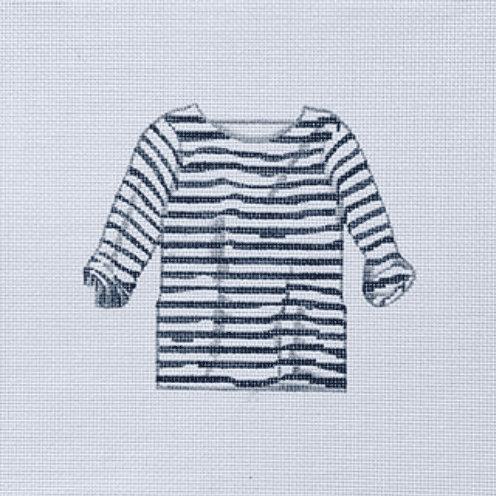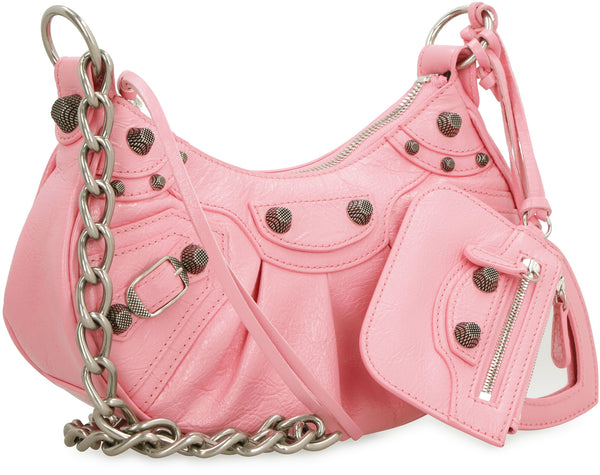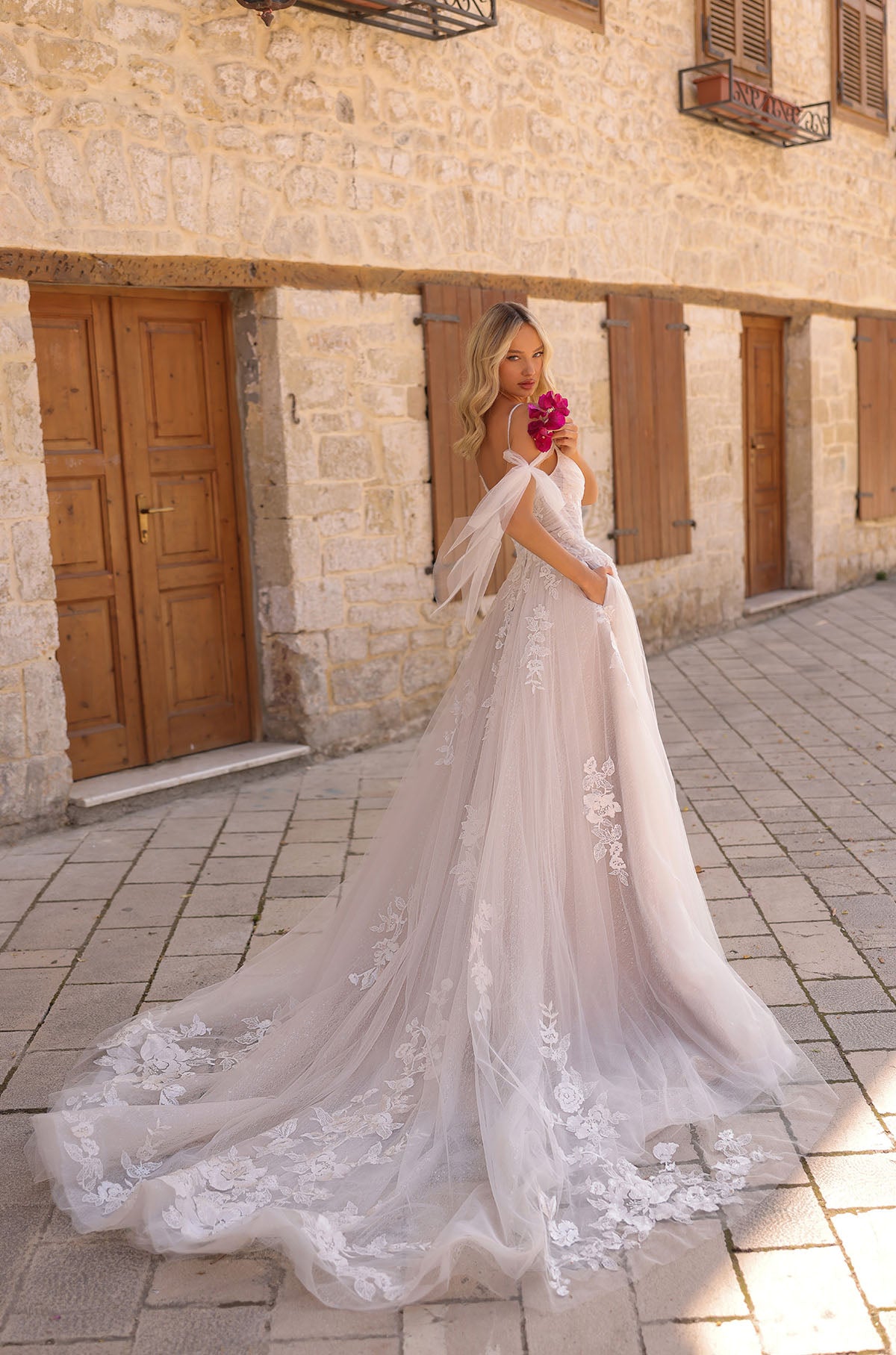A kaftan dress is a narrow cut long robe with long sleeves worn with a belt which can be extended under lots of colors and styles. It is believed that the Kaftan dress originated in ancient Mesopotamia. Its popularity spread across the Ottoman Empire in a very quick time. A kaftan dress has long held a popular fashion as well as cultural status.
Sultans of Ottoman Empire used to wear the kaftan dress which was luxuriously decorated with the garments showing the class of those kings. As the time passed Moroccan judges started to wear kaftan dress and it became a symbol of power. The dress is exclusively worn by women both as an everyday outfit and as a special dress on events with a little bit change in material.
The kaftan dress pleads to all tastes because it is simple, very adaptable and can add a touch of the tradition and exotic into your wardrobe.
The classy kaftan is typically open, high collar with billowing sleeves. Modern kaftans have many variations like v-neck collars and other cuts. Most of the traditional versions of kaftan dress have tighter and narrower sleeves but it also varies as we move from one region to another. Buttons are found on the front of the garment from the neck to the waist except for the pull over designs.
A tunic is commonly used along the waist to give shape to freely flowing tunic. The traditional kaftan designs reach gown to ankles while modern day kaftans are a bit shorter and even kaftan inspired tunics are worn as shirts and blouses these days.
Kaftans are adaptable to different weather conditions. Loose kaftans which are made up of lighter materials are ideal for hot types of weather while heavier editions are available for winter. Most of the kaftans are loose enough to be worn over undergarments. They can be held close to the body at your waist. You can use the buttons or ties to keep it buttoned at different heights depending on the temperature. The kaftans are considered as all purpose everyday garments for all the year in the countries of its origin.
Cotton kaftan dresses exist in large numbers in arab world in multicolored cottons with such an emphasis on stitching and piping that they are best suited for houses in the hot summer season. The kaftans are different from djellaba which is a traditional dress worn by both the men and women in morocco. They are apparently very similar to each other. The only major difference between them is the hoodie. There is attire called a belted two piece takchita which is very elegant and often confused with kaftan.
The prominent features of kaftan are its full length sleeves which are mostly worn with high heels considering the overall length of the cut. All classes of the society like to wear pleasing to the eye kaftans dress during weddings and special events or celebrations with all pride. People who are fashion obsessed usually go to their designers and ask them for handmade dresses decorated with embroidery and beads in finest of the fabrics as per their individual fashion.
Many designers follow their own version of kaftans. It took a lot of time for kaftans to get the reputation in society. When designers ensured to push the boundaries for what women could wear, resulting in new styles and designs which were comfortable to carry in public by women.
Three generations back when fashion and music had started to go hand in hand, kaftans were worn day and night by that free love and rock & roll generation. Kaftan which were prepared by heavy silk material by dior and Balenciaga replaced by diaphanous flowing material in later part of the last century.








:max_bytes(150000):strip_icc()/RareBeauty-Perfect-Strokes-Mascara-JESSICAJULIAO-0586.jpg-2aaec77adfe9485ea576f551d0a429f9.jpg)




